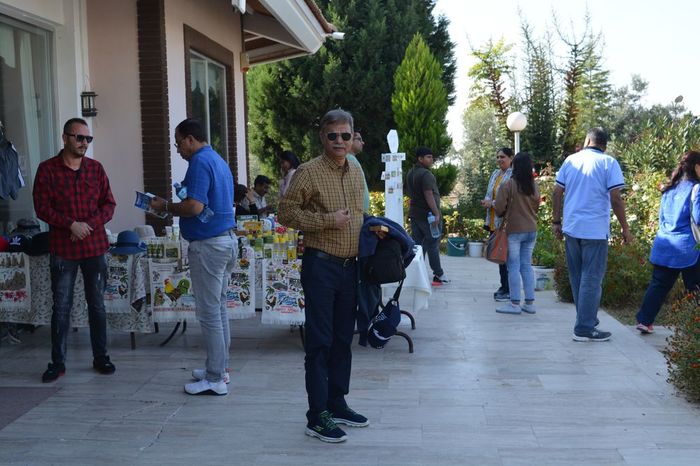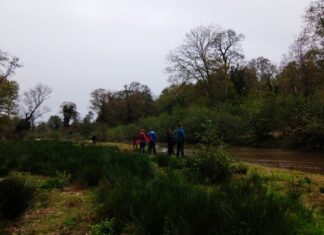On Sunday morning, the King of Serbia gave an official audience to the Skupshtina, which is the name for the Serbian parliament. It was one of the most important events of the year and full of pomp and ceremony.
The occasion brought together many groups of high-ranking people. The bishops and other clergy wore splendid embroidered robes that were even more striking than the bright military uniforms of the generals, which included shades of blue, scarlet, and green with shining gold braid. Their presence added a powerful religious touch to the scene Day Tours Ephesus.
Diplomats and Military Pageantry
Members of the diplomatic corps also attended, wearing formal court dress. The Turkish minister and his staff led the group, followed by the Austrian and Russian representatives, both dressed in elegant clothing and heavily decorated with medals and honors. They attracted special attention from the crowd because many believed that Austria and Russia were secretly competing for influence and control over Serbia’s future.
The members of the Skupshtina themselves were dressed in formal black evening suits. They wore shirts with embroidered fronts, white bow ties, and white gloves, adding to the grandeur of the event.
A military band stood near the palace, playing cheerful music during the ceremony. Meanwhile, a battalion of the king’s personal bodyguard stood in two long rows outside the palace entrance. Everyone who entered had to pass between them. Their uniforms resembled those of the Austrian Hussars and were very colorful and eye-catching A Strange Carriage and a Police Stop.
I watched these young soldiers closely. Some looked like mere boys, but all of them had alert and serious expressions. I could tell they understood how important their duty was—after all, the king’s life depended on their loyalty.
The Royal Palace Old and New
The royal palace, located in the heart of Belgrade, is divided into two separate buildings. The first one looks like a French-style country home or château. It is two stories tall and designed with taste and comfort in mind. The ground floor includes the drawing room, dining room, and reception halls. The upper floor contains the king’s and queen’s private living quarters. It’s not too large and would make a perfect home for a wealthy and cultured gentleman.
The second building, called the New Konak, stands about forty or fifty feet away from the first. This structure is more elaborate and rises right up against the street without any garden or open space. It was built by King Milan—often referred to as “the gambler king”—for entertaining guests.
The New Konak is painted yellow like many other government and commercial buildings in Belgrade. It is made of stuccoed brick with detailed moldings and is four stories tall. Inside, it features a series of grand rooms filled with tapestries, gold decorations, and furniture as luxurious as those found in palaces in Berlin or Vienna. A French architect designed it, and the cost of the interior alone was extremely high, especially considering Serbia’s limited national wealth.
Security and Suspicion
The palace was heavily guarded, with soldiers posted all around. This could be seen either as a sign of fear and insecurity or simply as a wise precaution. Whether the king was overly cautious or not, the extra security made sense, given the political tensions of the time.








